When I am buying pieces for my work, I use my sense of touch as much as my eyes. As I discussed in my last newsletter, there are so many variables in the growing, transformation, spinning and weaving of natural textiles that affect the end result that it is often impossible to tell just by looking what the composition of a piece of fabric is. In the brocantes, I use everything I know to assess pieces I find. I look, I touch, I watch how the textile moves when I hold it up; I bring also the small scraps of knowledge I have gleaned about regional French textiles, and textiles from beyond French borders. But still sometimes pieces surprise me.
This piece came home with me a while back. I probably picked it out just by touch, it is the sort of linen that yells very loudly ‘I am superb’, and whenever I find pieces of this type of linen, I will buy them no matter what state they are in. So when I find pieces of this quality, it isn’t until I get to washing them, or more importantly ironing them, that they reveal their issues and faults, or sometimes their glories and their beauty. This is why I also wash and iron almost everything I find - the exceptions are deadstock textiles or deadstock clothing in good condition, and very delicate pieces that need specialist care which I am unable to provide - for example six-metre-long mid-19th century exceptionally fine linen tablecloths! Washing a piece assesses its strength or otherwise, ironing a piece shows me its faults and hidden beauties.
This piece had nothing remarkable to recommend it other than the quality of the linen. There is no embroidery on it. This is a piece that many people would pass over. But in my last newsletter I wrote about linen that is like liquid made solid. Here is an example.
So what is it, this unremarkable remarkable piece? It is a bottom sheet from a very wealthy household, and it probably dates from somewhere between 1850 - 1910. I know that the household was wealthy because this is handwoven linen, and it is HUGE. By huge I mean almost 2.5 metres wide, and over 3.6 metres long. Nobody other than someone very wealthy would have had a room that could even contain a bed this size. Let alone commission handwoven linen of this fineness and whiteness. I know also it belongs to a large wealthy household because of the way the initials have been done, with a number underneath. I’ve spoken before about my ex-landlady, Claire, a wonderful woman (and my son’t substitute grandmother) who was born in the 1930’s into what was once a very wealthy household. My old rental house belonged to her domaine, and she shared with me a lot of what she remembered from growing up with many servants in a household of means. The number 12 under the initials here tells us that there were 12 sheets like this with these initials. During a wash-day, when it came to iron and put away the hundreds of pieces that would have been included in that wash - which was done once every month, three months, or even six months if the household was wealthy enough to provide fresh linens for six months - the laundry-women would know that they needed to find and collate 12 of these sheets. Twelve handwoven finest fil-de-lin sheets.
This is centre-stitched by hand from two panels of fabric. Look at the hems - they look machine-stitched, don’t they? They aren’t. That is hand-stitching. It’s rare to find a sheet of this quality in such good condition because it is a bottom sheet (top sheets would have usually had intricate embroidery for a household of wealth), and they would have been used until they wore out. This one has been used but not extensively.
But now, the most remarkable thing about this sheet apart from the weaving is the repairs to the bottom corner. My guess is that this snagged repeatedly on a recalcitrant bedspring in this one corner of the bed, because the damage is specific and very localised. The repairs that have been made to these small damages are just amazing. They have been patched, rewoven, overstitched, and even repaired using a form of needle lace, but with a fineness that is rarely seen on sheets. Someone has spent many many hours repairing these damages - once again a reflection of how valuable this sheet was. Maybe they should have fixed the bedspring!
I’ll leave you with the pictures. I need to get a tripod at some point to allow me to photograph pieces like these a little better, but I hope these pics are clear enough to get an idea. For the time being this piece is going to stay with me. I was preparing it for sale, took lots of photos, even put a video up in my instagram stories yesterday. But last evening I thought better of it, at least until I can get better photos.
I need a tripod to photograph this better…
As always with posts on mending, I hope these pictures are also inspiring for potential menders! xxH

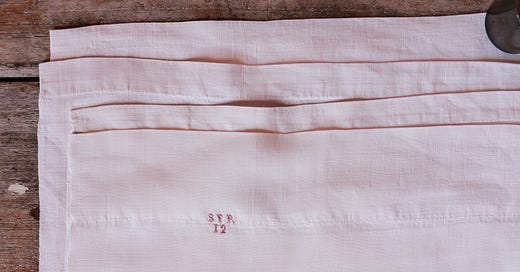



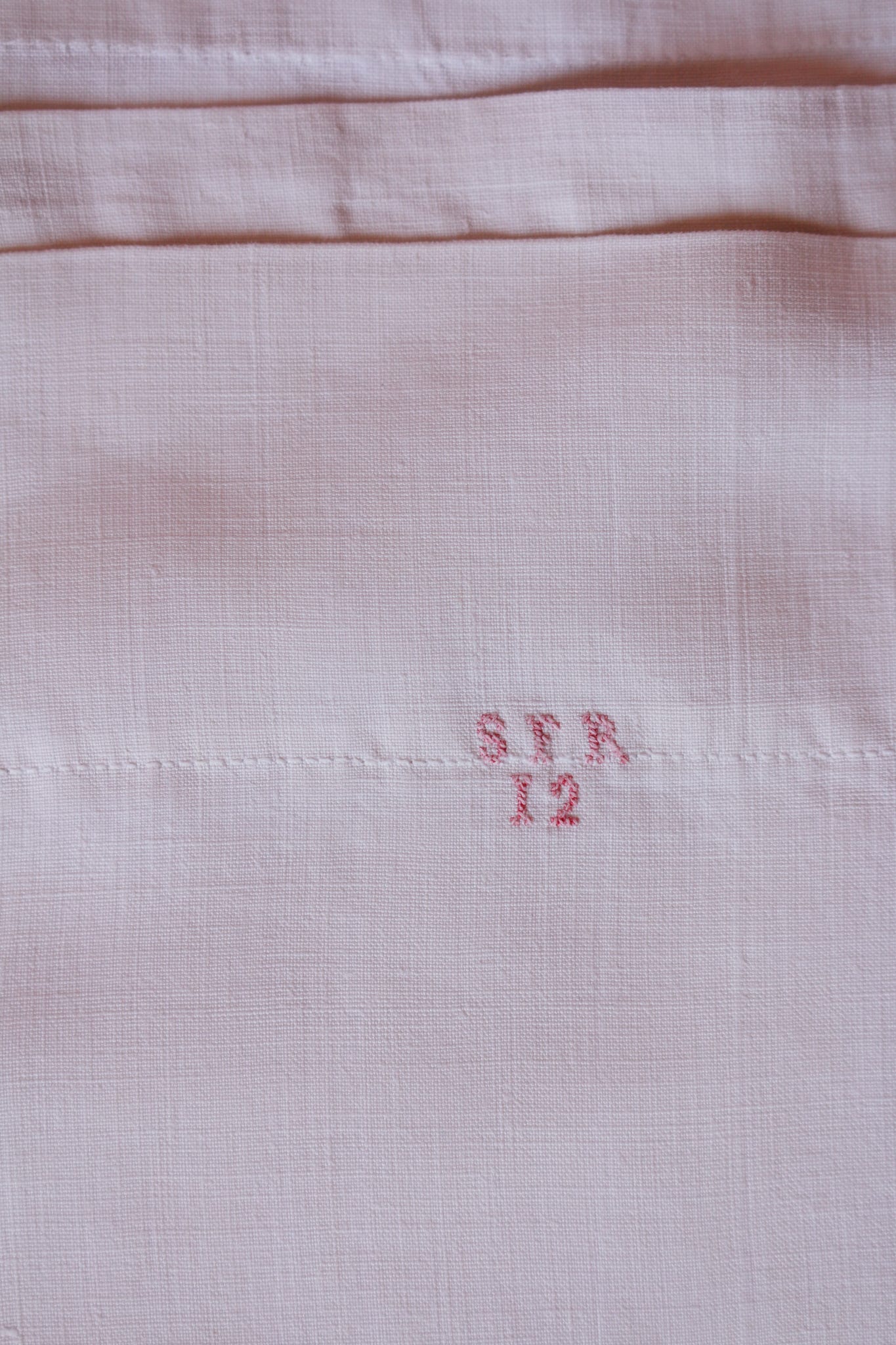
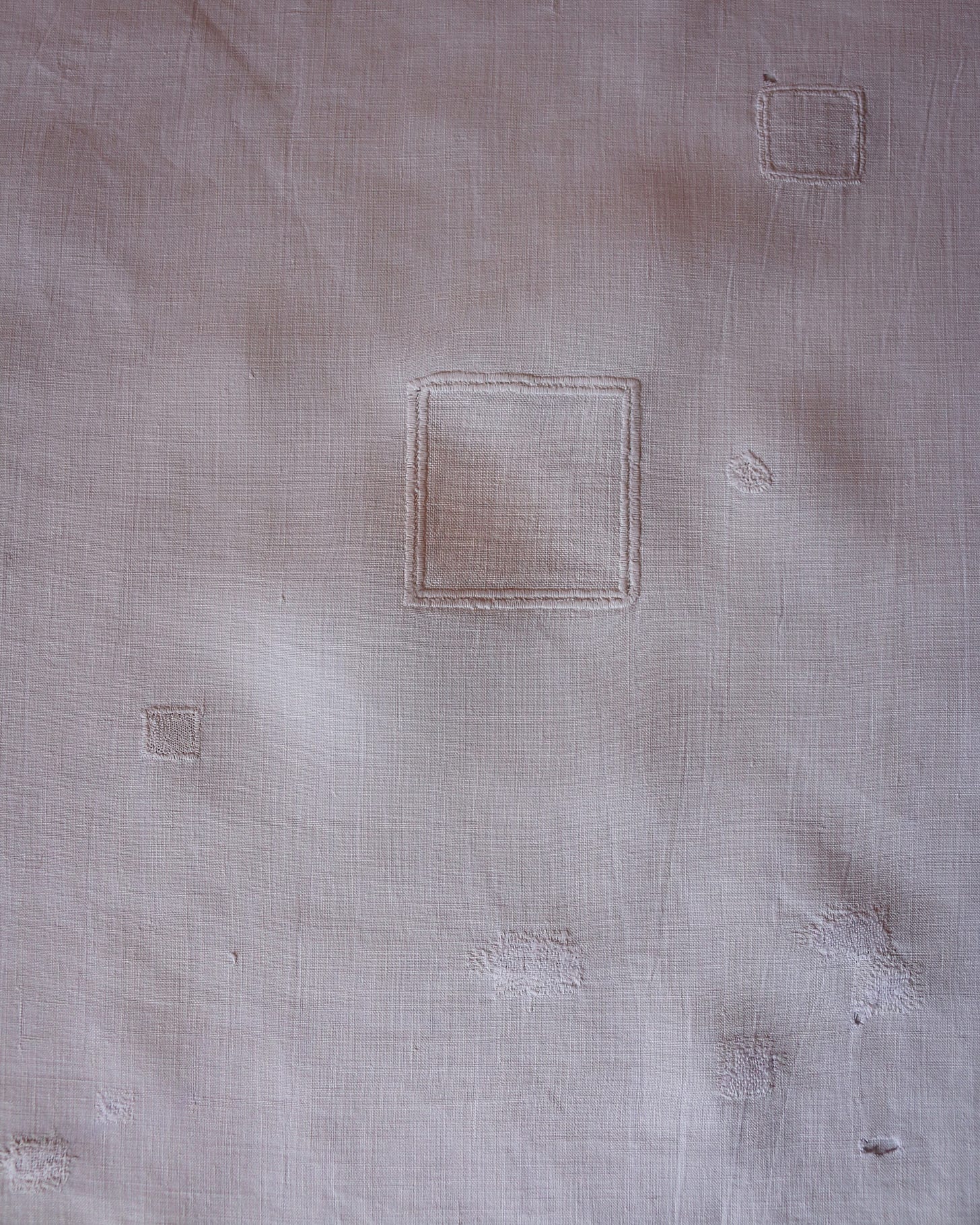
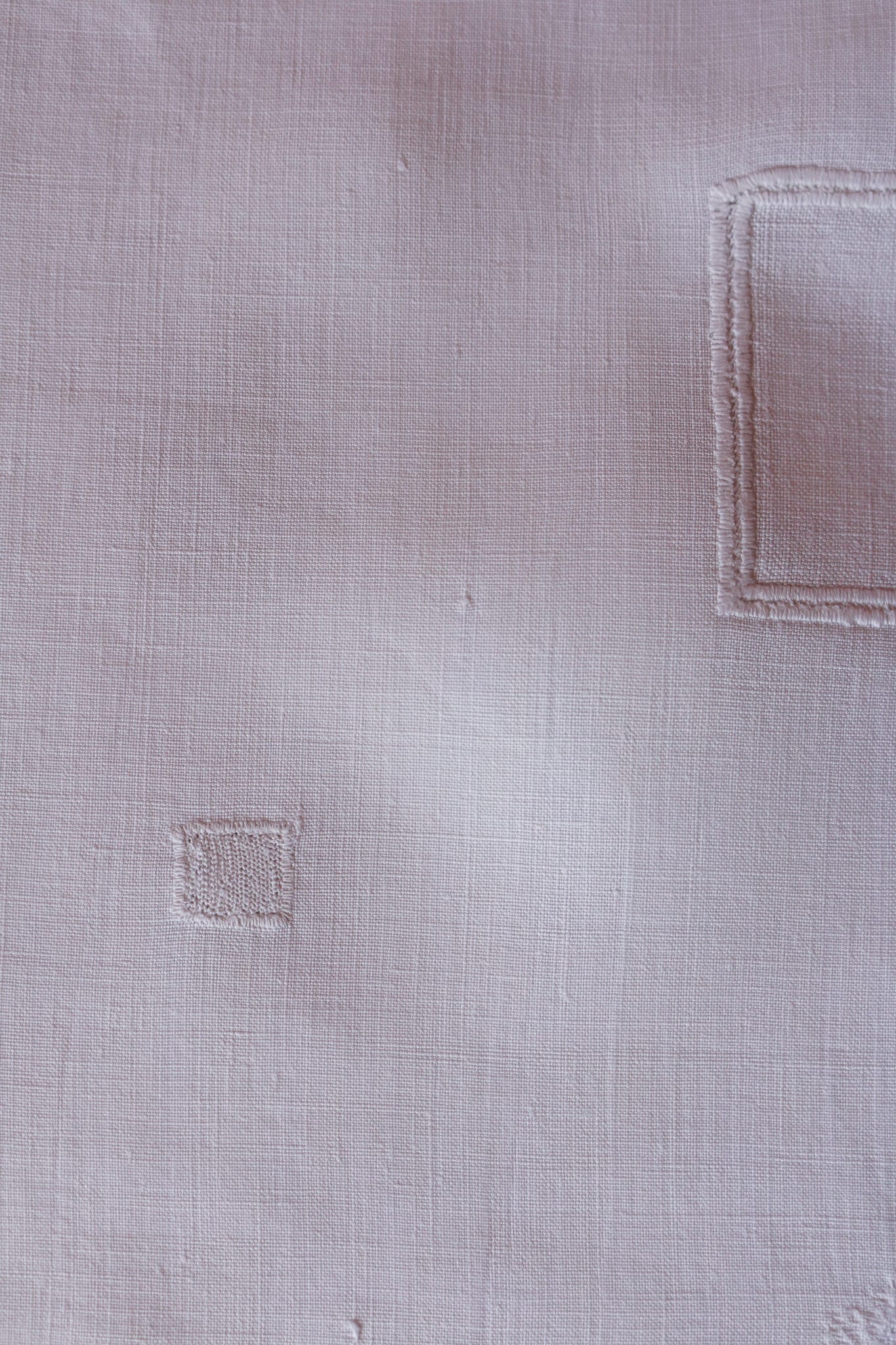
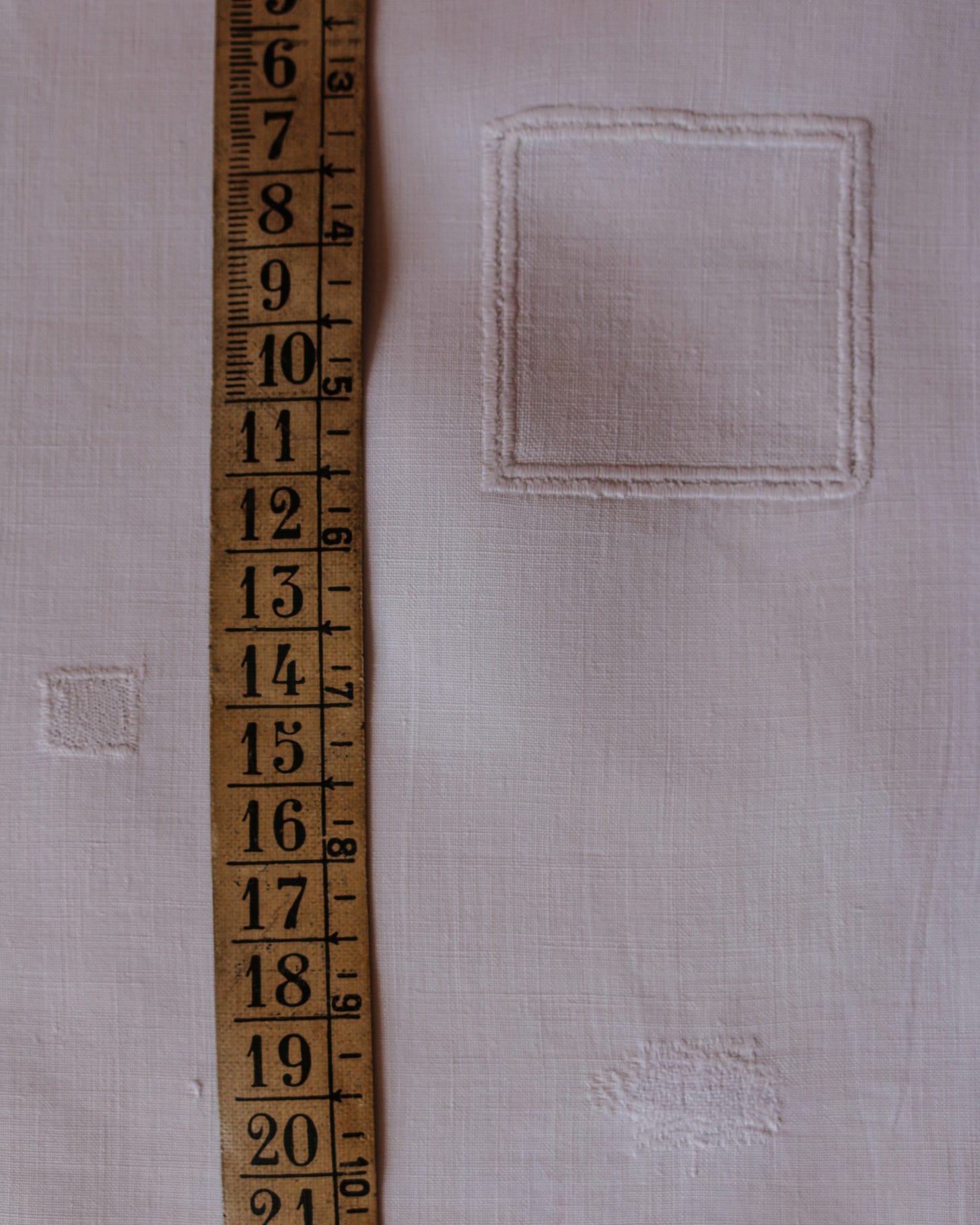


I have a daughter who mends like that…
Thank you for this post--that mending makes my heart soar!